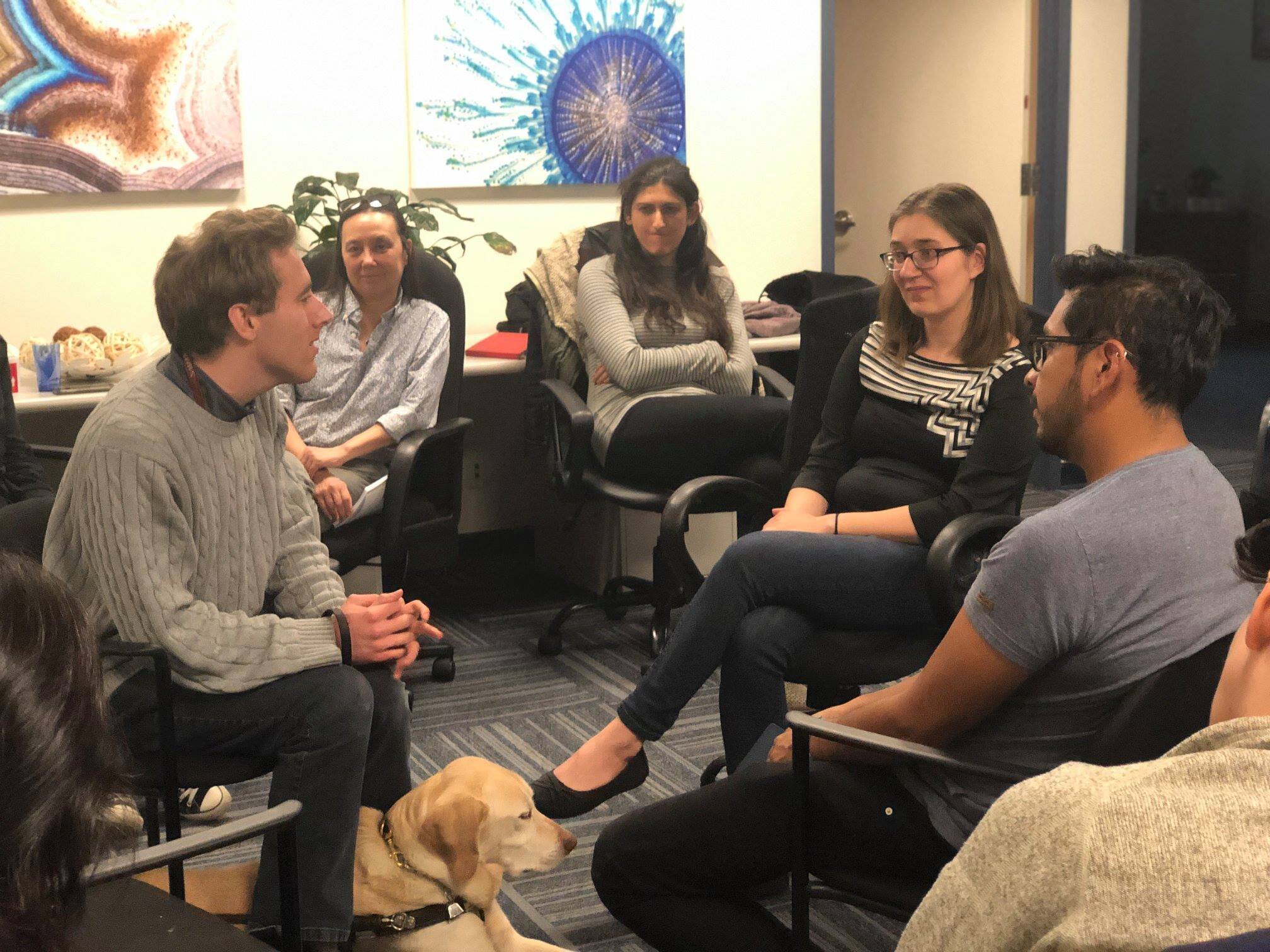
Healing circles have been used for centuries in various cultures as a powerful tool for promoting healing, growth, and connection among individuals. These circles provide a safe and supportive space for participants to share their experiences, emotions, and challenges while receiving support and guidance from the group. By harnessing the energy of healing circles with facilitation tools, facilitators can create a more structured and effective space for participants to explore their emotions and experiences.
Facilitation tools are essential for guiding the flow of a healing circle and ensuring that all participants feel heard, valued, and respected. These tools can include activities, prompts, and guidelines that help participants engage with each other in a meaningful and productive way. For example, facilitators may use icebreakers to help participants feel more comfortable and connected at the beginning of a session. They may also use guiding questions to prompt deeper reflection and conversation among the group. Additionally, facilitators can establish ground rules that create a sense of safety and trust within the circle. These emotion facilitation tools help create a structured and supportive environment that allows participants to open up and explore their emotions more freely.
One of the key benefits of harnessing facilitation tools in healing circles is the ability to create a sense of flow and continuity throughout the session. By using tools such as check-ins, reflections, and summaries, facilitators can help participants transition smoothly between different activities and discussions. This not only helps maintain the group's focus and engagement but also ensures that all participants have a chance to contribute and be heard. Facilitation tools can also help prevent disruptions, conflicts, or misunderstandings within the group by providing clear guidelines and expectations for how participants should interact with each other.
Facilitation tools can also be used to promote deeper connection and empathy among participants in a healing circle. By incorporating activities that encourage active listening, perspective-taking, and emotional expression, facilitators can help participants develop a greater understanding and appreciation for each other's experiences. These tools can also help foster a sense of community and belonging within the group, which can in turn promote feelings of healing and well-being among participants. By creating opportunities for sharing, reflection, and collaboration, facilitators can help participants build stronger connections and support networks within the healing circle.
Another important role of facilitation tools in healing circles is to help participants process and integrate their emotions and experiences more effectively. By incorporating tools such as journaling, visualization, or creative expression activities, facilitators can provide participants with new ways to explore and express their feelings. These tools can help participants gain insight, clarity, and closure around their experiences, leading to a greater sense of healing and transformation. Facilitators can also use tools such as guided meditations or relaxation exercises to help participants release stress, tension, and negative emotions, creating a more grounded and peaceful environment for healing.
In conclusion, the energy of healing circles can be greatly enhanced by harnessing facilitation tools that promote structure, connection, empathy, and emotional processing. By incorporating activities, prompts, and guidelines that guide the flow of the circle and support participants in their healing journey, facilitators can create a more effective and transformative space for growth and healing. Whether you are a professional facilitator or someone interested in starting your own healing circle, harnessing the power of facilitation tools can help you create a safe, supportive, and empowering environment for yourself and others. So why not start exploring the endless possibilities of healing circles today?
